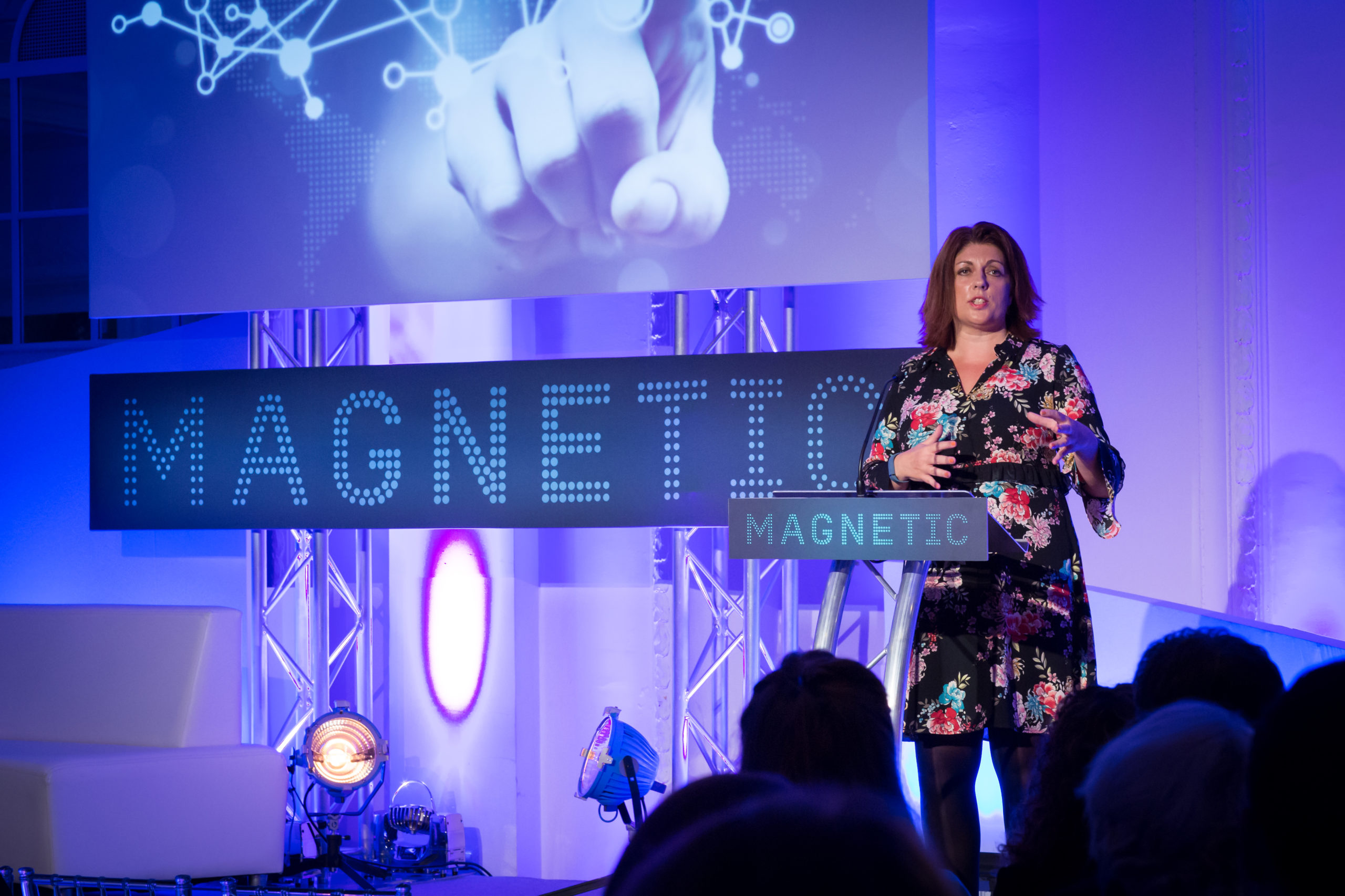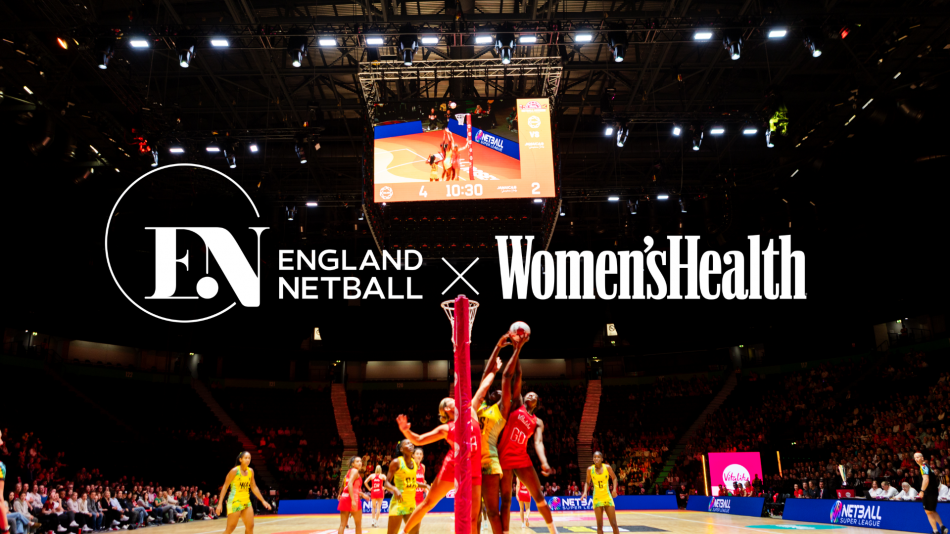Report: Spark 2016
Spark 2016: the value of magazine media in the influence economy
On Tuesday morning, Magnetic held its second Spark event in central London. The media industry came together to concentrate on some key themes that, building on the first-ever Spark event in 2015, included the importance of relationships and collaboration in a challenging world; the psychology of influence; and metrics that matter in the new media ecosystem.
Introducing Spark, Sue Todd, the chief executive of Magnetic, highlighted that many of the macro factors (falling attention and ad receptivity especially) challenging the industry in 2015 remained, but added: “I’ve been heartened, though, that during the last six to nine months there’s been a lot more talk about meaningful connections with consumers, about integrating new channels with some of the great ways magazine media makes these connections.”
She said: “The value of connections, not just clicks, is the conversation we need to have more honestly and frequently. Our aim today is to debate that with new, bespoke, insight and perspectives. This will highlight the evolving role that influence has on consumers’ decisions and where media brands and content from publishers fits in.”
Spark#1 The Psychology of Influence in an Age of Information
Nick Southgate, behavioural economist
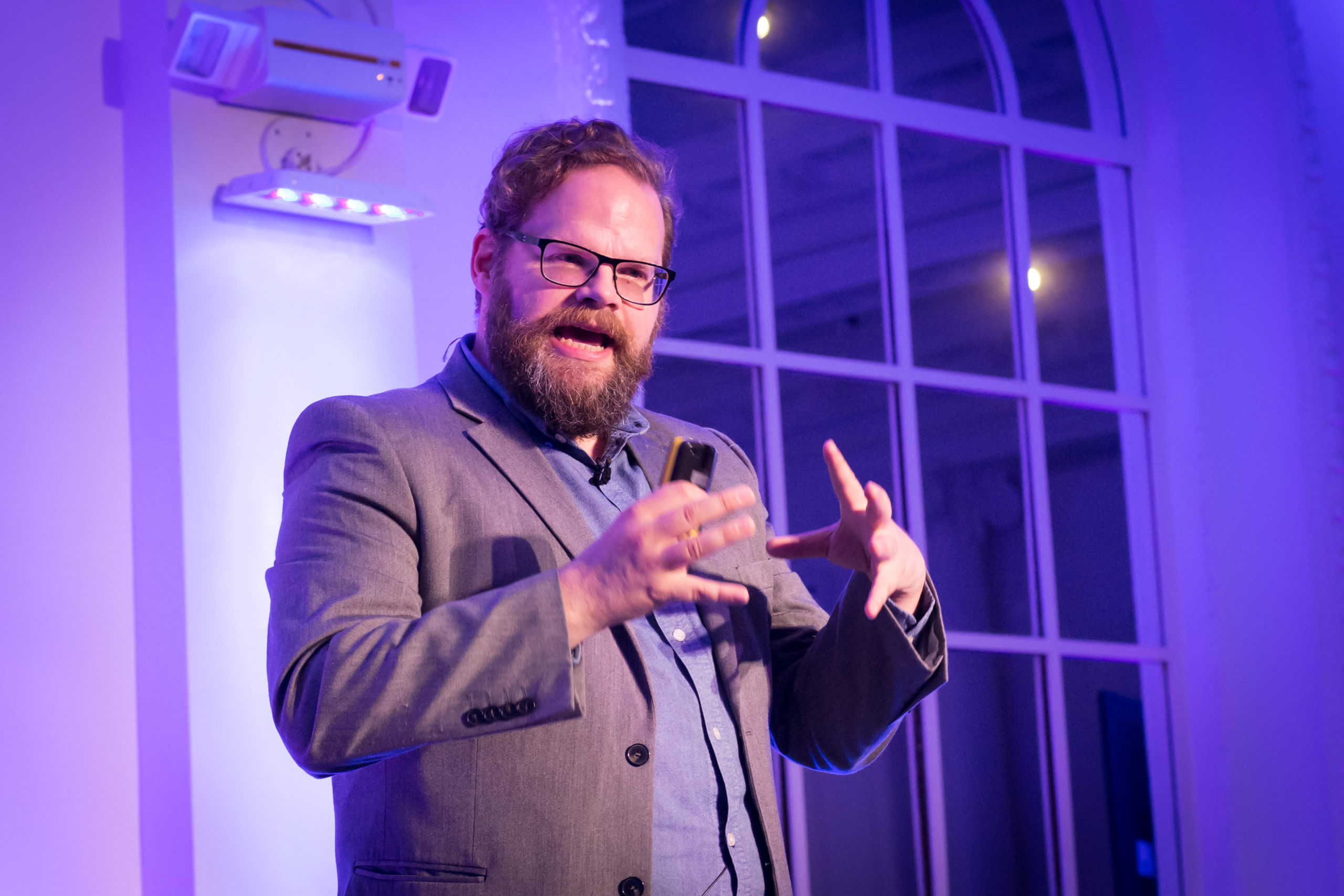
The event kicked-off with a talk from behavioural economist Nick Southgate that explored the psychology of decision making and how this has an impact on creating influence and determining which influencers’ people listen to.
His initial point was around the topic of Evolution and Improvisation, that our brains are hard-wired to filter things quickly, especially to do with people rather than words.
Southgate talked about research that suggests “being expert” is a massive factor in influencing an audience. He summarised his presentation with the following takeaways:
- We filter information fast and efficiently
- People and groups are our best filters
- Media brands meet this desire, doing the hard work of bringing people together
- We’re learning to filter the filters – and trust those who deliver
Spark#2 The New Influencer Ecosystem
Emma Presley, Starcount, head of client data science
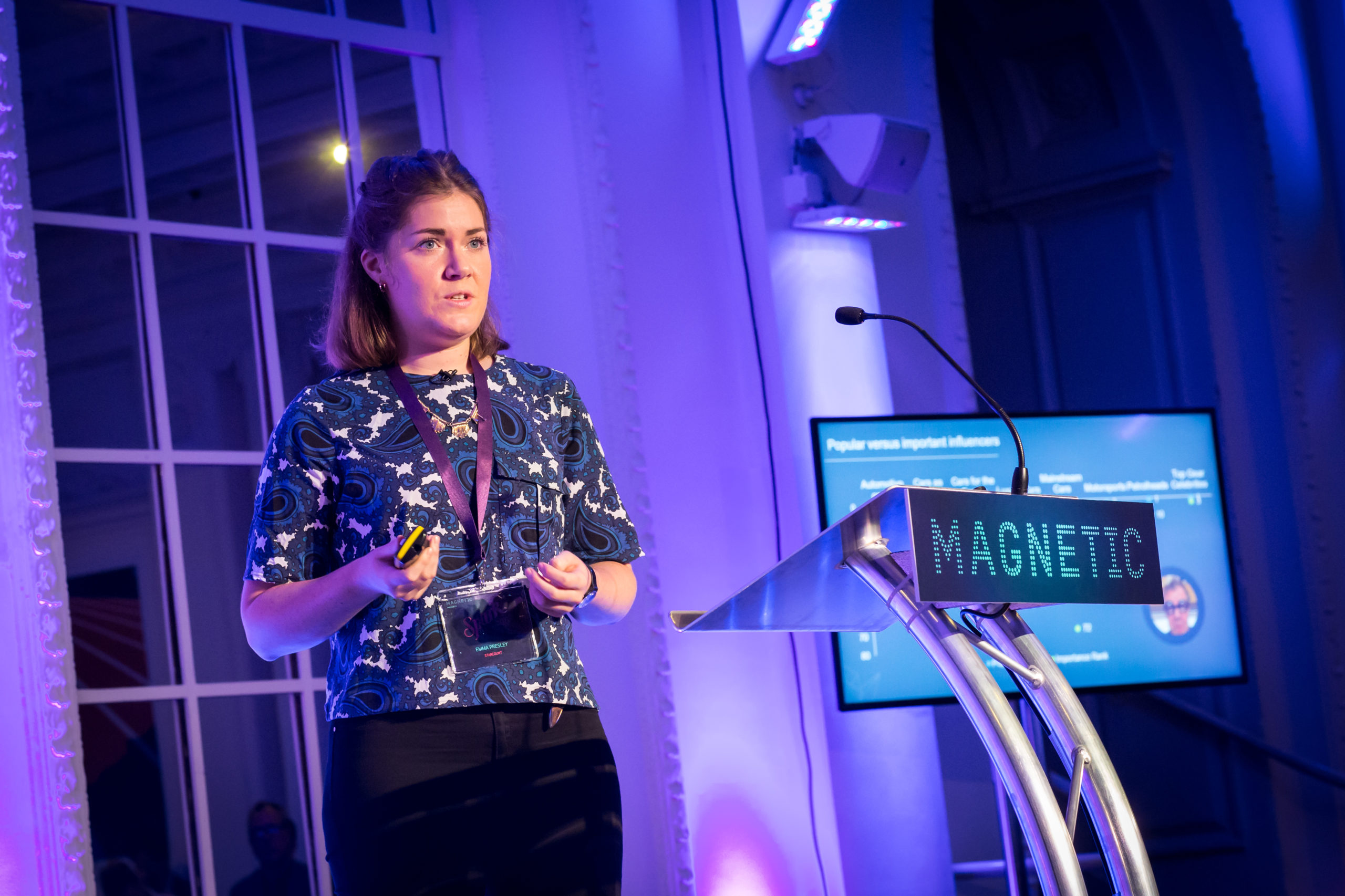
Building on Southgate’s analysis of the psychology of influence, Emma Presley introduced the methodology of Starcount, a data analysis firm launched by the founders of Dunnhumby that scrutinises data in the social media space.
Her argument was that, in the “new influencer ecosystem”, brands need to engage with influencers that have relevance and an “embeddedness” with their audiences. She outlined the difference between “absolute versus relevant reach”, citing Jeremy Clarkson and the car industry as an example of where not all social media followers are relevant to audiences and brands. She pointed out that more than 90% of Clarkson’s social media audience follow him for reasons other than a love of cars.
Presley argued that influencers might not always be the best way to influence an audience, that “published and trusted content might be a better route.” Citing examples from the automotive market and female fashion, she said that media brands have built influence beyond their own brands, that journalists and editors who have their own distinct presence, add weight to the overall influence of media titles.
“The ecoystem is complex and it’s not just influencers, and influencers who make noise, that are important. Passions and motivations are key to understanding the context and source of influence,” she concluded.
SPARK#3 Insights from the New Influence Economy
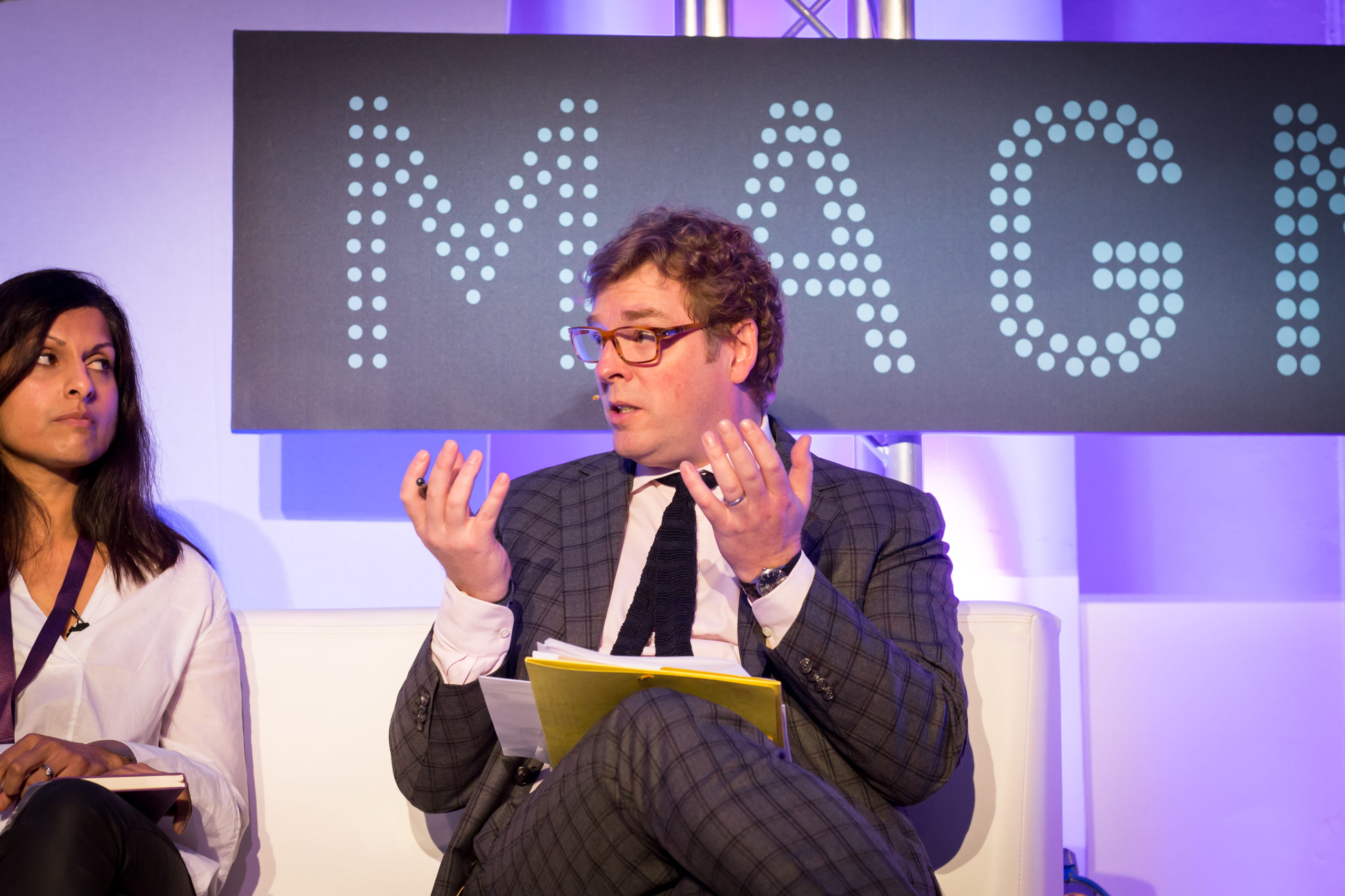
The first panel discussion, chaired by Kerin O’Connor, the chief executive of The Week, followed. It brought together magazine brands, research experts, and agency people to discuss why the media landscape has become so complex, what this means for brands, the implications for print, and the role of data.
Carla Faria, director of content, The Foundry, Time Inc:
“Our world was print, and it’s still incredibly important, but what’s really exciting is that people trust and love what we do, they trust our expertise.
Our aim is to be the influencer in a broader sense, getting more into the world of craft and passions, joining conversations where people want us to join them.”

Sarah Hennessey, managing director, MEC: ““Social media and influence when it first started, with the social media agencies seven or eight years ago, was about creating communities for brands, but it’s clear people don’t go to destinations they don’t trust.
Now it’s more interesting to look at micro-communities that are expert and have authorities with audiences. For magazine media, because of the distraction around social, there’s a need to create content that people spend some time with. Using content to build deeper, more meaningful connections with audiences.”
Lucie Cave, editor-in-chief, Heat: “We’re connected to our audience by passions and our community of people, editors and content creators, providing quality, trusted, content. The reason Heat is trusted by audiences is not only because we are reflecting culture back to audiences, but also that we’re helping them in terms of creating culture themselves.”
Jack Wilson, 2CV: also gave the audience a quick run down of the results of their social media analysis of London Fashion Week, exploring the influence of magazine media brands and bloggers.
Spark#4 Editor vs Algorithm – The evolving and enduring role of magazine editors
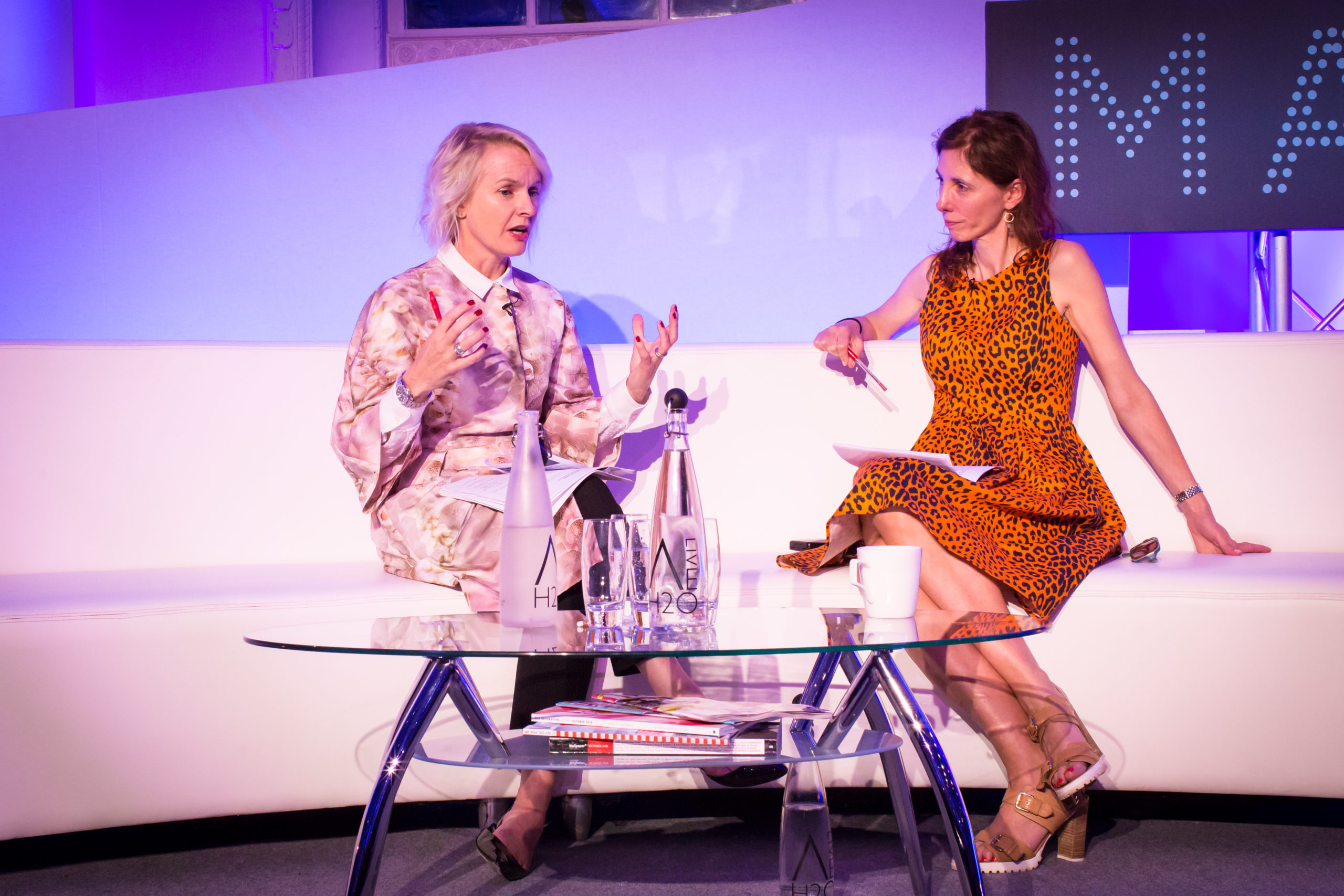
Lorraine Candy, the editor-in-chief of Elle was interviewed by Claire Beale, the editor-in-chief of Campaign, starting with a question about the role of the human editor in an age where the algorithm is powering so much online content.
Lorraine Candy: “As editors we go to the fashion shows, looking six months ahead, meeting consumers constantly, predicting what’s new, and telling consumers what’s new. We are the walking algorithms. I also edit and oversee the digital
site. We do work with data, it would be insane not to, but combining it with the editor is a powerful and exciting force.”
Candy also talked about using data, combined with human insight and research, to shape the magazine and its distribution model: “We changed the look of the magazine to be more innovative, to have a sense of what the younger, fashion-obsessed consumer wanted, creating a ‘cool filter’. Our circulation project involved high-end retailers becoming part of the journey. Space NK and Matches reaching people with the magazine while they’re shopping. That’s a new way but it means the magazine is still as relevant as it always was.”
Spark#5 Metrics that Matter
Alison Drummond, head of insight, Carat; Anna Sampson, head of insight, Magnetic
It was then time for some “nitty gritty”, the research and metrics that “evidence and explain the role of magazine media” in the influencer era.
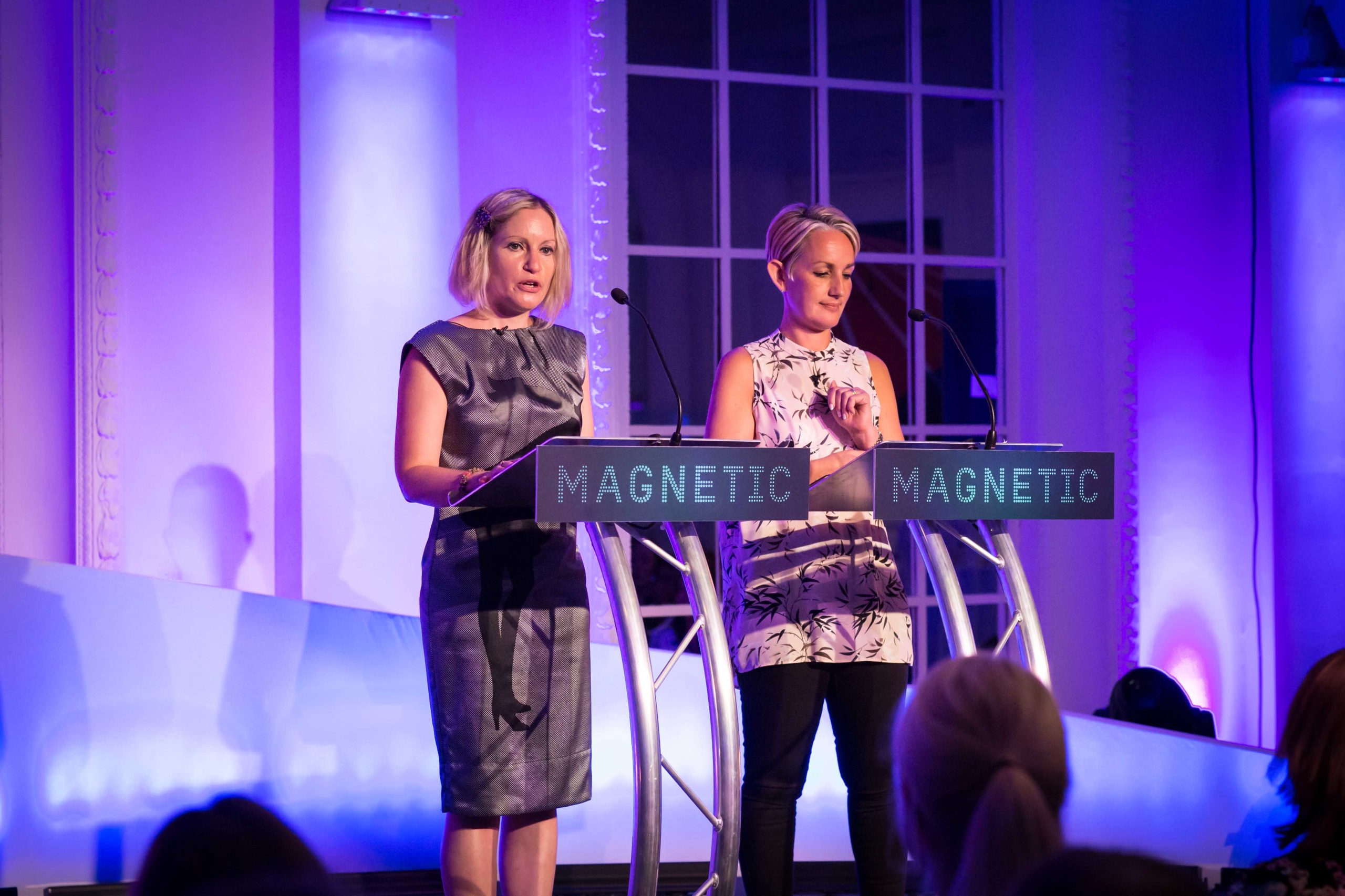
Magnetic’s Anna Sampson outlined that the new research Metrics That Matter, in conjunction with Carat, builds on previous insight form Millward Brown to show that “magazine media moves the metrics that matter because it achieves deeper, more meaningful, connections with consumers, and that’s what delivers strong long-term KPIs.”
Alison Drummond then outlined the key findings of its research, which builds on previous Magnetic insight by moving beyond FMCG brands and print media. Her key point was that magazine media is especially effective at positively moving the metrics of “relevance” and “quality” for brands, metrics that are especially hard to influence.
She also demonstrated that magazine media campaigns that combine display with advertorial/native formats are 20% more impactful than those using display alone. The reason being that the combination “builds trust and innovation associations.”
Furthermore, campaigns using both print and digital are twice as impactful as print alone. “Printed magazines present the stronger opportunity for brands to express relevancy. Magazine brands online provide a stronger opportunity for brands to express quality because they offer a safe space,”
said Drummond.
Spark#6 Beyond Clicks – What is the value of human connections?
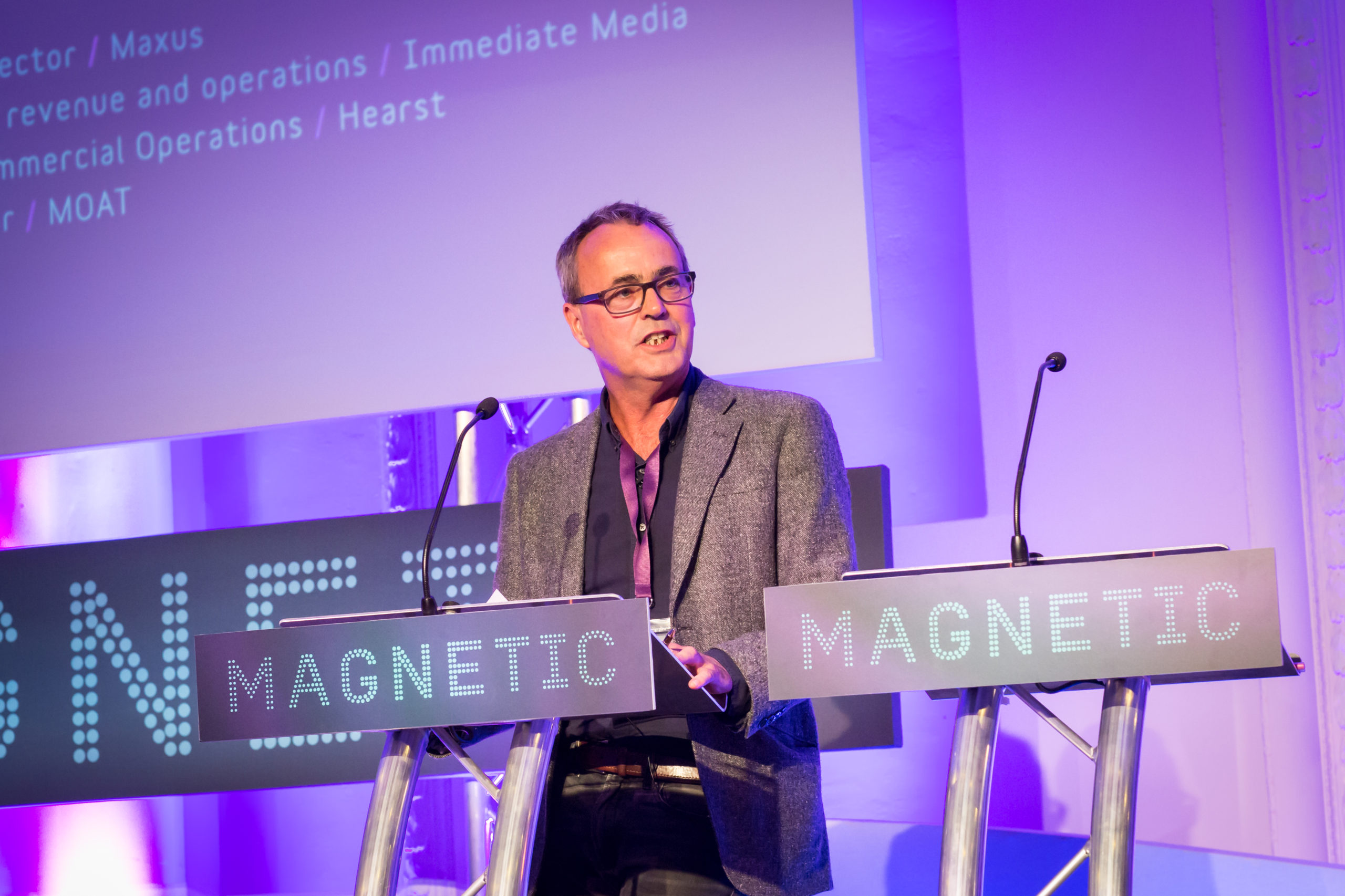
The second panel, hosted by journalist Dominic Mills, sought to explore in greater detail some of the implications of the new metrics and what they say about the value of human connections for brands. The issue of whether “attention” will become a viable trading metric also arose.
Jourdan Loffredo, director, digital analytics MOAT: “Advertising needs to be seamless when matching the content, and the metric that matters is ‘how long do you have in front of that person?’ Is attention a currency of the future? I think there’s an appetite for it from brand marketers because in terms of recall, brand awareness, and lift, we need to focus on things beyond whether an ad is infront of a person, and more on attention.”
Guy Jones, head of digital revenue and operations, Immediate Media: “If we have the same people creating a print product and schooled in the practices involved, then applying this to digital, we can build that same trust. For instance, Radio Times is reaching a broader, younger audience online. The tone of voice might be different but the principles are the same. Structurally we need to respond to clients’ needs, to put in place teams that allow people to buy highly targeted inventory quickly but also grow longer-term partnerships.”
Jane Wolfson, head of commercial operations, Hearst: “Magazines are perfectly placed to deliver on trust. Part of the issue for magazines is that they have been tarnished with the overall print brush of some newspapers not being as trusted as they used to be. But we know that magazine media works, editors understand their audiences, and we’re experts at blending our benefits for our advertisers.”
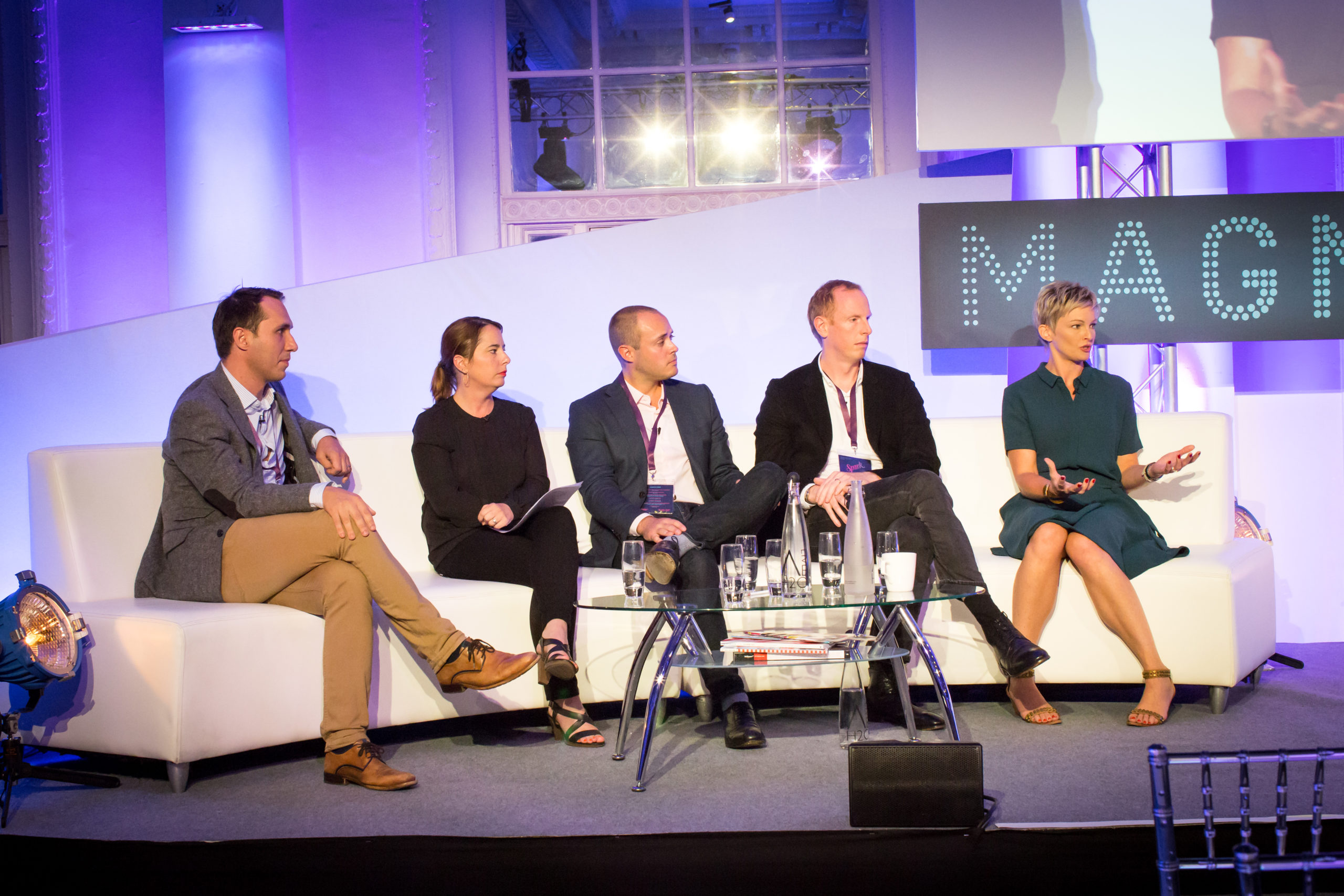
Anna Hickey, managing director, Maxus: “Magazines, and print in general, are great at creating emotional connections, because they build memories for people. In a world where the digital landscape has taken so much of our time, digital is about immediate stimulation, magazines have a role to play in providing slowed-down interaction with communications, creating a long-term involvement with brands.
And magazines are still fairly unique in targeting people’s interests, as we’ve seen with more success and growth in specialist sectors.”
JP Cadman, head of strategic planning, Carat [talking about his time on secondment at client Johnson & Johnson]: “The amount of time that media is on [the brand team’s] agenda is a lot less than I assumed. Anywhere between five or maximum ten per cent. And the view is reasonably short-term, KPIs are set around quarterly market share targets, but if speaking to the marketing director they’re likely to have a more holistic view of their brands over the long-term. The conversation around how to drive media upstream, using channels such as magazines for business outcomes, is interesting to them.”
Spark#7 How human behaviour changes online
Dr Mary Aiken, cyber psychologist
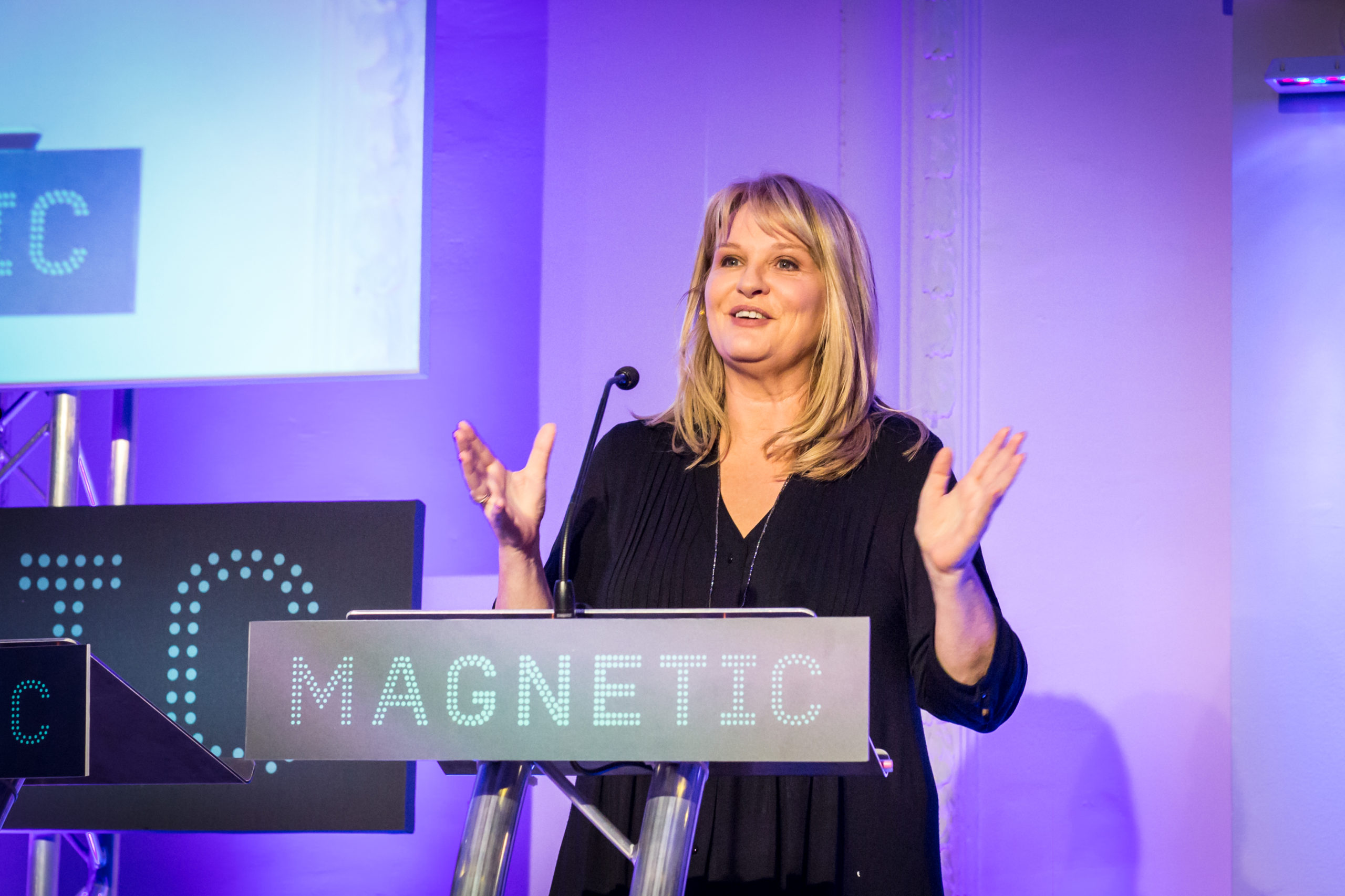
Spark concluded with a fascinating talk from Dr Mary Aiken, the inspiration for US drama hit CSI: Cyber, adviser to Europol, and provider of research and training to INTERPOL, the FBI, and the White House.
She started by outlining her area of expertise, in terms of observing how “behaviour mutates and changes in a cyber context” and applying this to preventing and tracking criminal activity.
Her advice to the magazine and wider media industry?
- Maintain the balance between “pleasure and purpose” as outlined in Magnetic’s research. Too great a focus on pleasure with online content “can be problematic, creating addictive types of behaviour online.”
- Consider a bigger focus on consumer behavioural profiling online. “Real world behavioural sciences is well established but has not transitioned into behaviour online. Are the metrics still valid online? If behaviour is changing in digital environment, is the person same person online? If they are different how should you design things differently?”
- Understand the growing role of algorithmic interfaces. “Search has been based on predictive algorithms but is now moving to deep learning AI. Even engineers might lose control of algorithms. We could see anxiety manifestations as a result of search.”
Her point that technology is “designed to be rewarding, engaging, and seductive to the normal population” but brings with it problems was a relevant one in the context of the morning’s discussion around influence and trust in a complex media world.
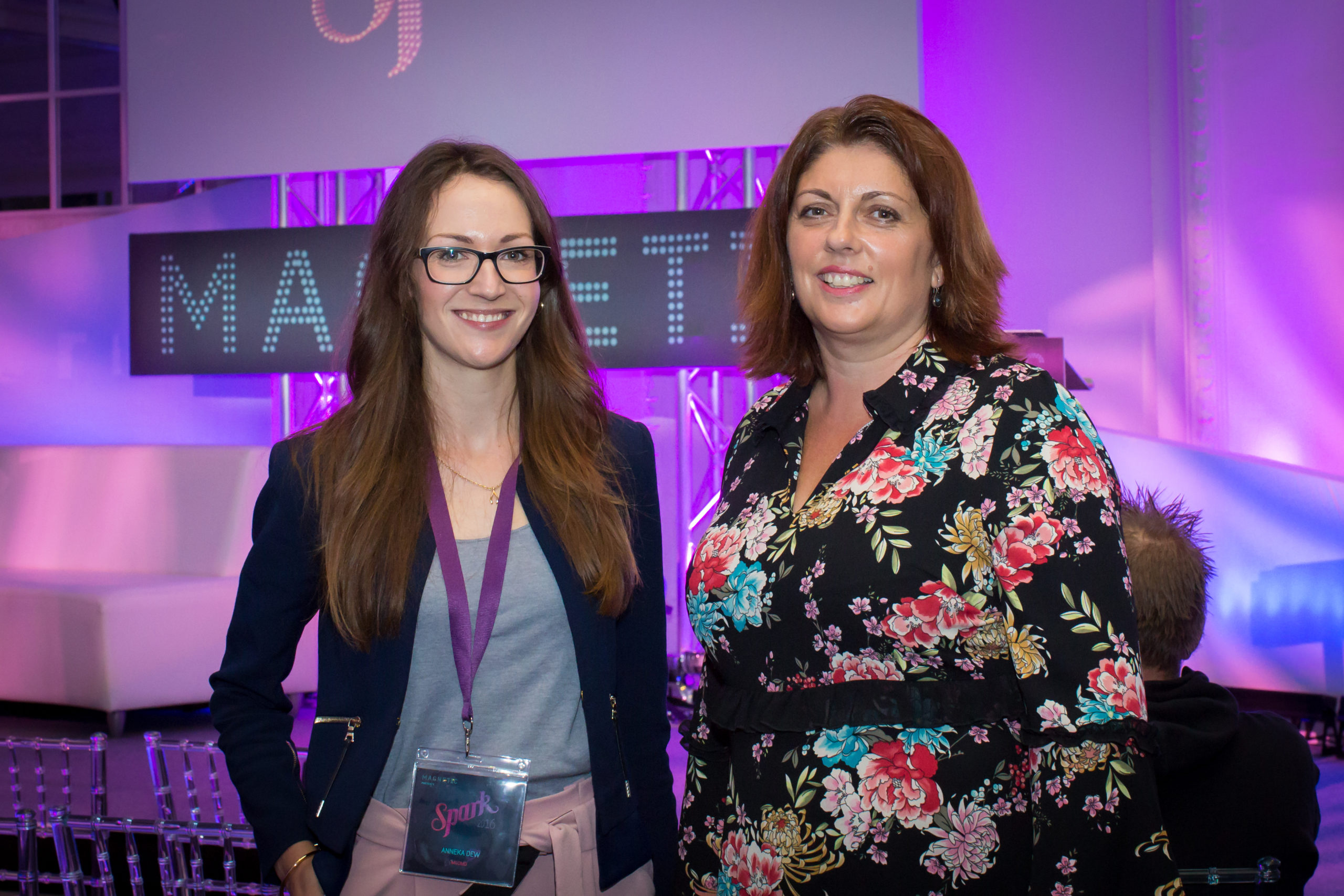
Aiken’s talk concluded with a point about the need to develop more role models for young people based around real achievements. This seemed fitting when Sue Todd concluded Spark by thanking the 30 young planners that participated in The Lab initiative and announced that Anneka Dew at Manning Gottlieb OMD, was the winner of a trip to Cannes Lions after submitting the best content at the end of the programme.
A project that was designed, like Spark, “to open dialogue about some of the themes getting people closer to content.”
A selection of photos from the morning are here.
For more information on The Lab 2017 contact us via TheLab@magnetic.media
